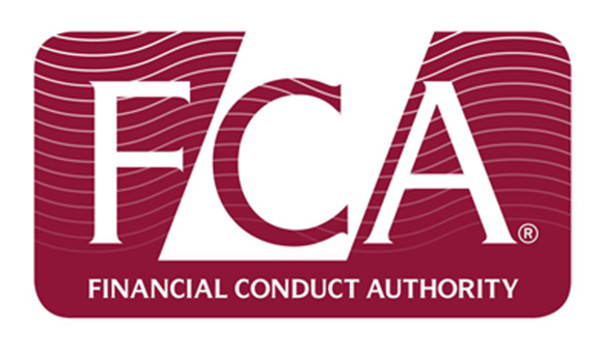

Prod rules came into effect last January, and have transformed the method of which providers distribute these products to the relevant target market.
But how does it work and what exactly do these rules mean?
Target market
Don Scott, technical director at TCC, says: "Manufacturers are required to identify a target market for the product and service and a distribution strategy to send the product to the intended target market.”
Graeme Jones, regulatory policy and technical consultant at Bankhall points out that prior to Prod, the Financial Conduct Authority already provided guidance to firms in the form of the Responsibilities of Providers and Distributors sourcebook.
He explains that this outlined that providers should identify a target market for their products, stress-test them to see how they might perform in different market conditions, on an ongoing basis review how their products are being distributed in practice and whether they continue to meet the needs of that target market.
Mr Jones adds: “The requirements under Prod have formalised these existing obligations, which were largely principles-based and in the form of guidance, thereby ensuring there is a two-way flow of information between providers and distributors to ensure products are sold to and remain fit for the target market originally envisaged.”
Manufacturers should ensure conflicts of interests are identified and managed and oversight and training is in place.
Compliance reports on the product and the distribution strategy also need to be reported to the management body, under the rules explains Mr Scott.
Suitability
Don Scott, technical director at TCC, notes that manufacturers should also consider stress-testing and scenario analysis of each product.
He says: “They must provide appropriate information on the product, approval process, target market and distribution strategy to the distributor.”
Rory Percival, regulatory expert at Rory Percival Training and Consultancy, identifies two parts involved in the suitability process.
He says: “As firms centralise their processes, suitability becomes a two-stage process.
"Stage one is the firm level assessment of what your proposition looks like [and involves] looking at and understanding your client bank, designing your centralised investment proposition.”
Mr Percival describes explains stage two of suitability involves individual advisers meeting with individual clients and giving them advice that is suitable to their individual needs and circumstances.
He says: “We have always had rules around stage two- the need to give suitable advice. But we have never had rules, since the initial guidance issued in 2007 on stage one.”
He adds: “Prod brought in a set of rules around how you go about designing your investment proposition and your firm level centralised proposition"
Mr Jones believes that providers do not need to specifically prioritise some clients over others while complying with Prod rules.
He says: “Clearly providers will have commercial considerations when looking at the types of customers and markets they choose to service.”
He adds: However, rather than deliberately ‘prioritising one client over another’ our view is that any segmentation exercise is more a case of providers ensuring they match and promote their existing product range to the right type of customers, as well as identifying opportunities within existing and indeed new markets that they could develop solutions for.
Complying with the rules?
Mr Scott says: "Firms comply with Prod rules by having an effectively functioning product governance committee with the appropriately skilled and competent resources across the business to provide robust challenge."
He adds: “The committee should oversee the process and have a thorough understanding of the requirements. The compliance, risk, product and financial teams should all be involved in the approval process and committee.”
So to what extent does Prod ensure that providers are complying with the rules?
Mr Jones notes that fund managers are supplying their raw product governance information via the European Mifid template (EMT).
The European Mifid Template was designed by the European Working Group. This includes European asset managers, banks, insurers and distributors and has been endorsed by the European Fund and Asset Management Association.
It is a spreadsheet containing 66 items to be filled out by the management company as the manufacturer of the fund.
But Mr Jones observes inconsistencies in the way product governance information made available in terms of insurance products.
“Some providers offer a very brief and wide target market description, whereas others have described not only the target market, but have been specific about the type of customer for whom the product might not be suitable (the negative target market.”
He adds: “In terms of the suggested distribution channels for their products, we have seen some providers to be fairly opaque with descriptions such as ‘intermediated sale’ whereas others have been explicit in suggesting whether their product might be unsuited to execution only or non-advised sales."



